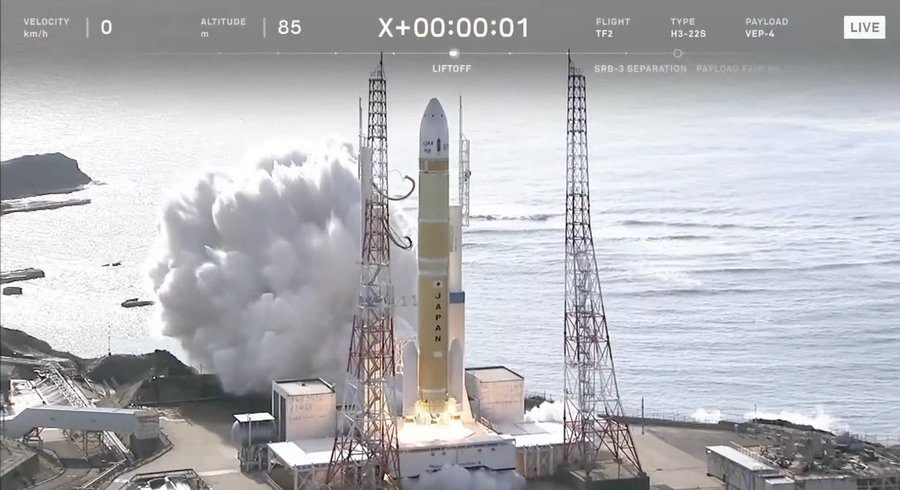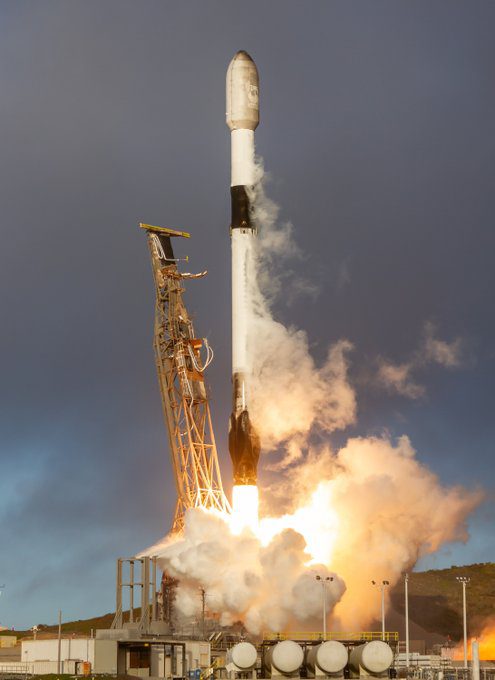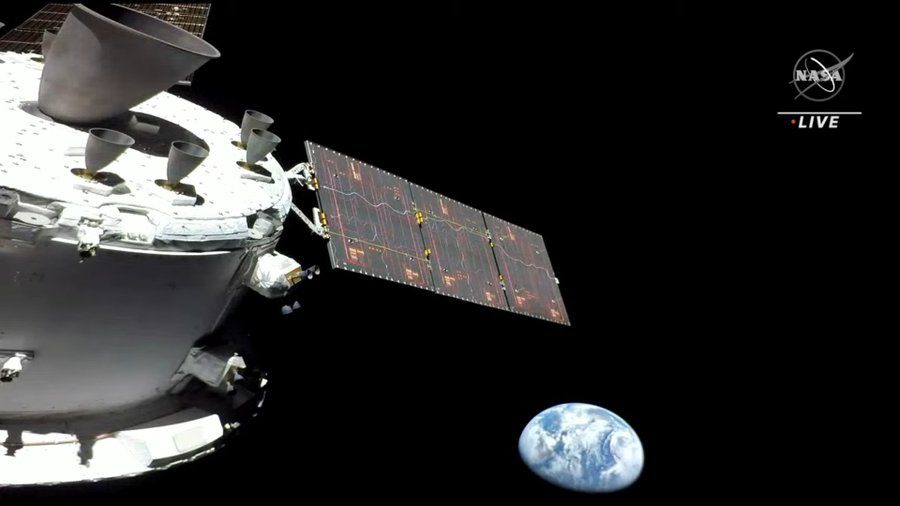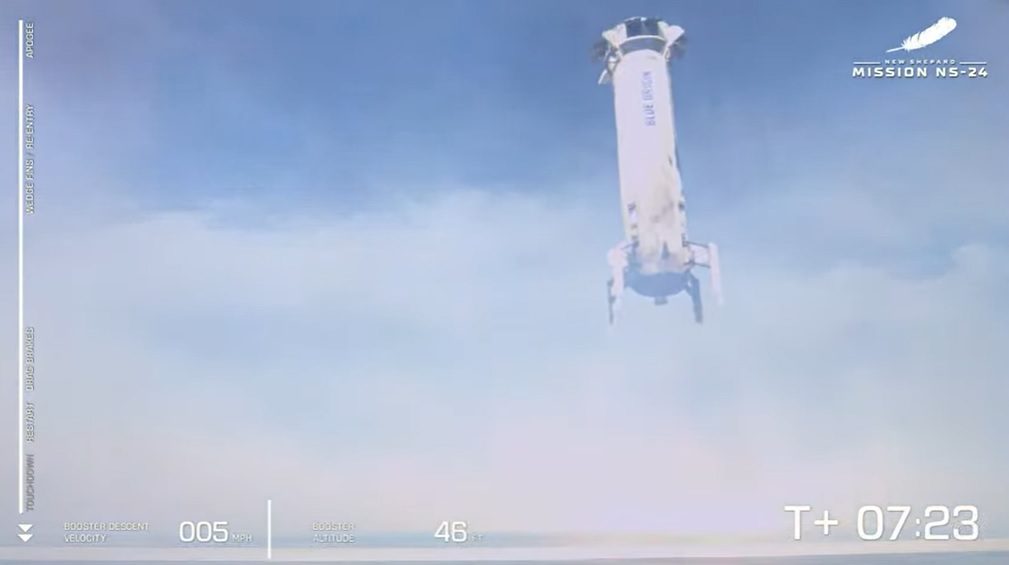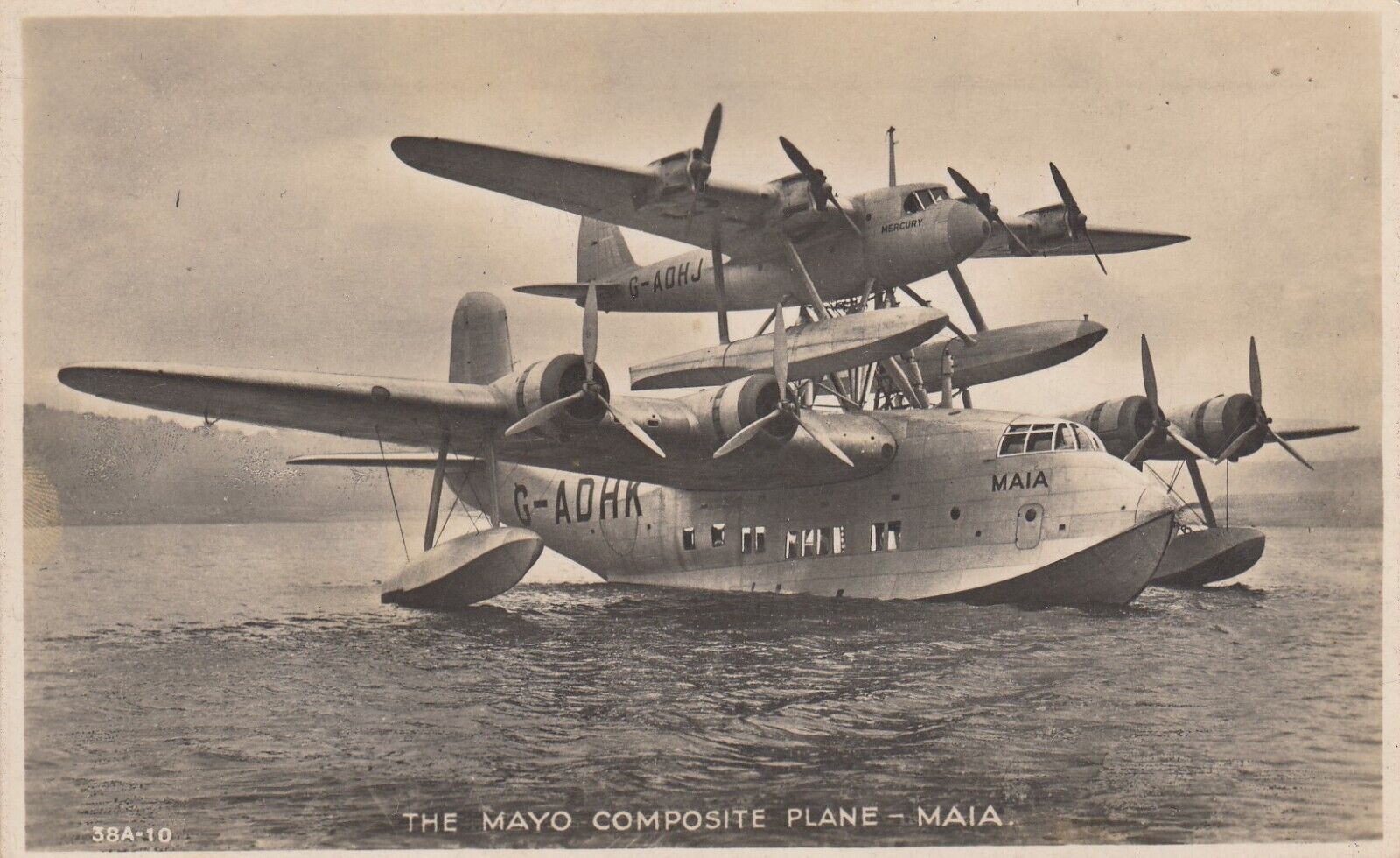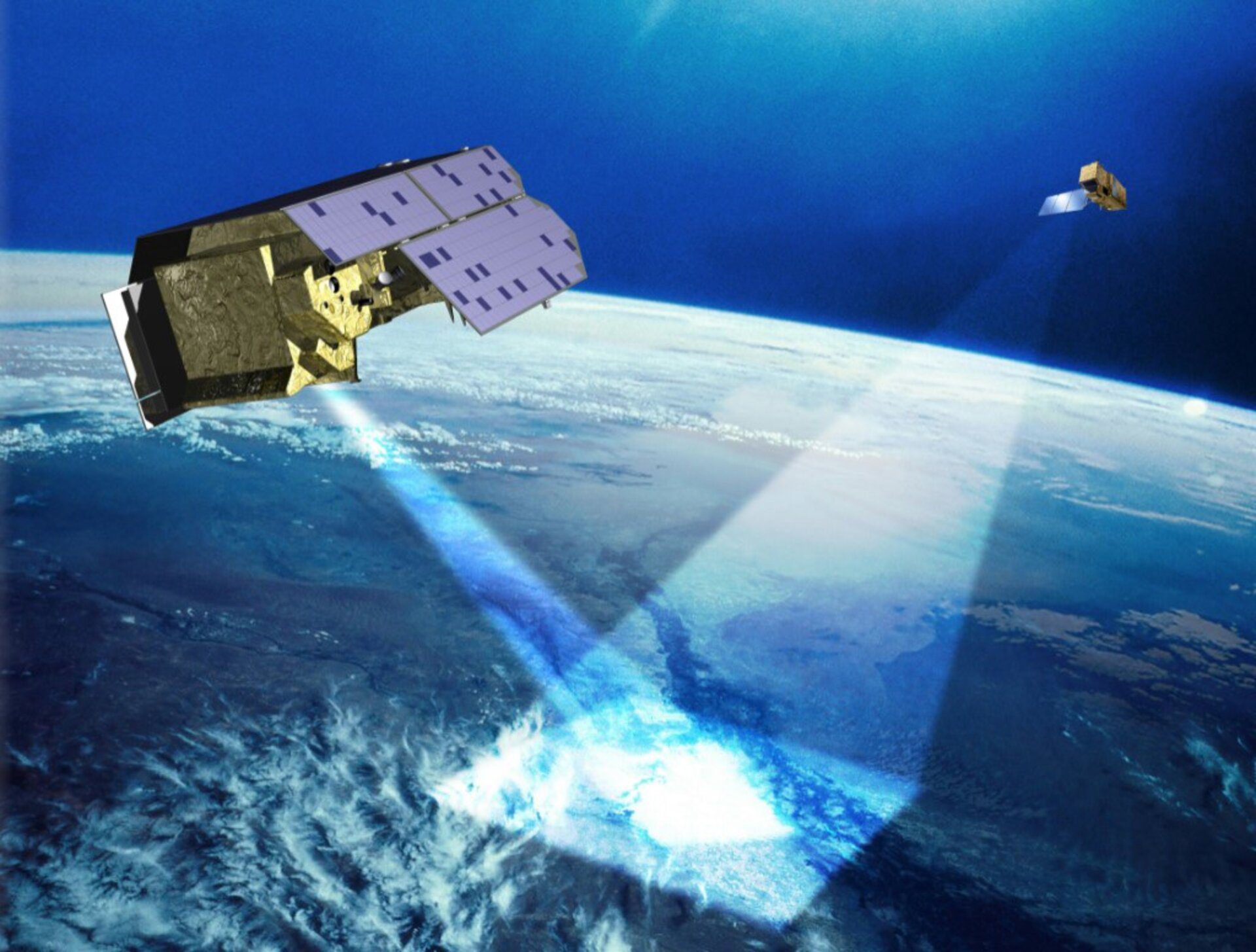Blue Origin launched its New Shepard booster (the same vehicle) for the fourth consecutive time at 1435 GMT on 19 June 2016,. The suborbital booster achieved a peak altitude of 101 km before successfully landing back on the launch-pad some 8 minutes after lift off. The booster was carrying a crew capsule in unmanned condition which landed a minute later further downrange using parachutes.
A key part of the mission was to test the redundancy of the crew capsule’s landing system by landing the capsule with only two out the normal three parachutes. This part of the mission was important as the company intends to begin human test-flights in 2017 , and with the goal of paying customers in 2018 it is necessary to show just how safe the trip up to space and back down again can be.
In addition to the safety tests, the crew capsule also carried three “pathfinder” microgravity experiments on-board which were supplied by US and German universities. Perdue University supplied an experiment called the Three-Dimensional Critical Wetting in Microgravity, using a liquid and a gas to examine how liquids behave in microgravity. The second experiment from Louisiana State University, Effective Interfacial Tension Induced Convection (EITIC) is designed to test a 100 year-old theory about fluid motion under inconsistent temperatures.
Finally, the third experiment is supplied by Technische Universitat Braunschweig, Brunswick, Germany. The Microgravity Experiment on Dust Environments in Astrophysics-B (MEDEA-B) will examine how dust particles interact in space, potentially allowing further understanding of the process of planetary formation.
This flight seems to represents a change in the way Blue Origin is dealing with the general public as Blue Origin CEO, Jeff Bezos, announced the upcoming launch on twitter a week before the date and provided a live webcast of the event rather than announcing the launch after it has happened.

